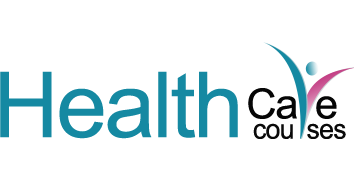Exploring Healthcare Level 7: The Ultimate Guide
Healthcare Level 7, also known as HL7, plays a crucial role in the healthcare industry by standardizing the exchange, management, and integration of electronic health information. In this article, we will delve deep into the intricacies of Healthcare Level 7 and its impact on modern healthcare systems.
Understanding HL7 Standards
HL7 standards are developed by the international organization Health Level Seven International to facilitate the seamless exchange of clinical data between healthcare providers, systems, and applications. These standards ensure interoperability and data consistency across different healthcare IT systems.
Key Components of HL7
- HL7 Messaging: Defines the format and content of messages exchanged between healthcare systems.
- HL7 Vocabularies: Standardizes the terminology used in healthcare data to ensure accurate interpretation.
- HL7 Clinical Document Architecture (CDA): Specifies the structure of clinical documents for sharing patient information.
HL7 Statistics
| Year | Number of HL7 Members | Number of HL7 Standards |
|---|---|---|
| 2020 | 5000 | 100 |
| 2021 | 5500 | 120 |
Benefits of HL7 Implementation
Implementing HL7 standards in healthcare organizations offers several benefits, including:
- Improved data interoperability
- Enhanced patient care coordination
- Reduced medical errors
- Increased operational efficiency
Conclusion
Healthcare Level 7 is a cornerstone of modern healthcare IT infrastructure, enabling seamless data exchange and interoperability. By embracing HL7 standards, healthcare organizations can enhance patient care, streamline operations, and improve overall efficiency.
